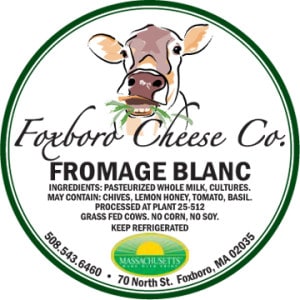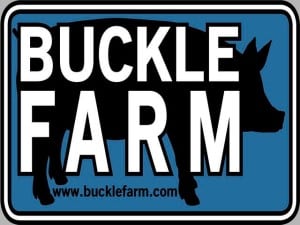Are you better off selling at XYZ Farmers Market every week or every other week? Will more people open your email newsletter if you send it out once a week or once a month? While there’s no one size fits all answer, with a little effort, you can figure out works best for you.
Deciding how frequently to sell at a particular market or send an email newsletter depends on your goal. When it comes to figuring out the best frequency, you have to look at results over time, not a single day at a market or a single email. And you can’t really know unless you test different options.
You might assume that if you have a table at a farmers market every week, you’ll sell twice as much product as if you sell at that same market every other week. You might be wrong. Depending on the market, your product, your typical customers, and your costs, you might actually make more profit if you’re there every other week.
Sometimes less truly yields more.

 “It’s more profitable for us to sell at some markets every other week rather than weekly,” says Edward Lawton, owner of the Foxboro Cheese Co. in Foxborough, MA. “But once a month isn’t frequent enough.”
“It’s more profitable for us to sell at some markets every other week rather than weekly,” says Edward Lawton, owner of the Foxboro Cheese Co. in Foxborough, MA. “But once a month isn’t frequent enough.”
Foxboro Cheese makes a delicious Fromage Blanc and an Asiago cheese, which is available at about a dozen farmers markets in Massachusetts. His products stay fresh for more than a week, so even loyal customers may not buy weekly.
“Every market’s different,” Lawton says. “The fees range from $10-$35 a day, and some last four hours, others six, so your expenses are different.”
While Lawton does have a weekly presence at the bigger or busier markets, he likes to start out at new markets every other week to test whether it’s busy enough to go weekly.

 Robin Cohen, owner of Doves & Figs, makes jams and preserves from locally-grown fruit. Her strategy is similar to Lawton’s.
Robin Cohen, owner of Doves & Figs, makes jams and preserves from locally-grown fruit. Her strategy is similar to Lawton’s.
“Many markets attract the same regulars and most people don’t buy jam once a week,” Cohen says. “Except for our home market [in Arlington, Mass.], we sell at each market once a month. But we try to arrange with the market manager so we’re always at a market at the same time, like the first Saturday. And we tell our customers when we’ll be there, so they know when they’ll find us.”
She knows she’s at a market too frequently when people stop by to say hello but say, “We don’t need jam yet.” Although the Arlington Farmers Market is fairly busy, Cohen admits that it’d probably be more profitable to sell every other week, instead of weekly. In the case of Arlington, profit’s not her main goal: she wants to help build the market, she loves the vendors, and many of her suppliers also sell there.
Since most people buy produce every week, produce farmers don’t have as much flexibility as other vendors. If’ you’re trying to build customer loyalty, you need to be there weekly.

 “Showing up at the Egleston Farmers Market every week is a requirement for us,” says Jim Buckle, owner of Buckle Farm in Dighton, Mass. “Our products are perishable. We need to be there for consistency, so people see our face every week and know they can rely on us to be there.”
“Showing up at the Egleston Farmers Market every week is a requirement for us,” says Jim Buckle, owner of Buckle Farm in Dighton, Mass. “Our products are perishable. We need to be there for consistency, so people see our face every week and know they can rely on us to be there.”
Buckle offers a CSA pickup at the Egleston market, which also helps build loyalty.
Do the same principles apply to email marketing? You betcha! But in the case of email marketing, more frequency often leads to better results, provided that you’re offering something your subscribers want, such as useful tips or discounts on their favorite products.
Conversely, if you don’t email people often enough, they may not recall signing up for your newsletter or even forget who you are.
Less or more? Depends on your goals and your circumstances. Whether you’re talking markets or emails, you need to test different options and compare the results.



